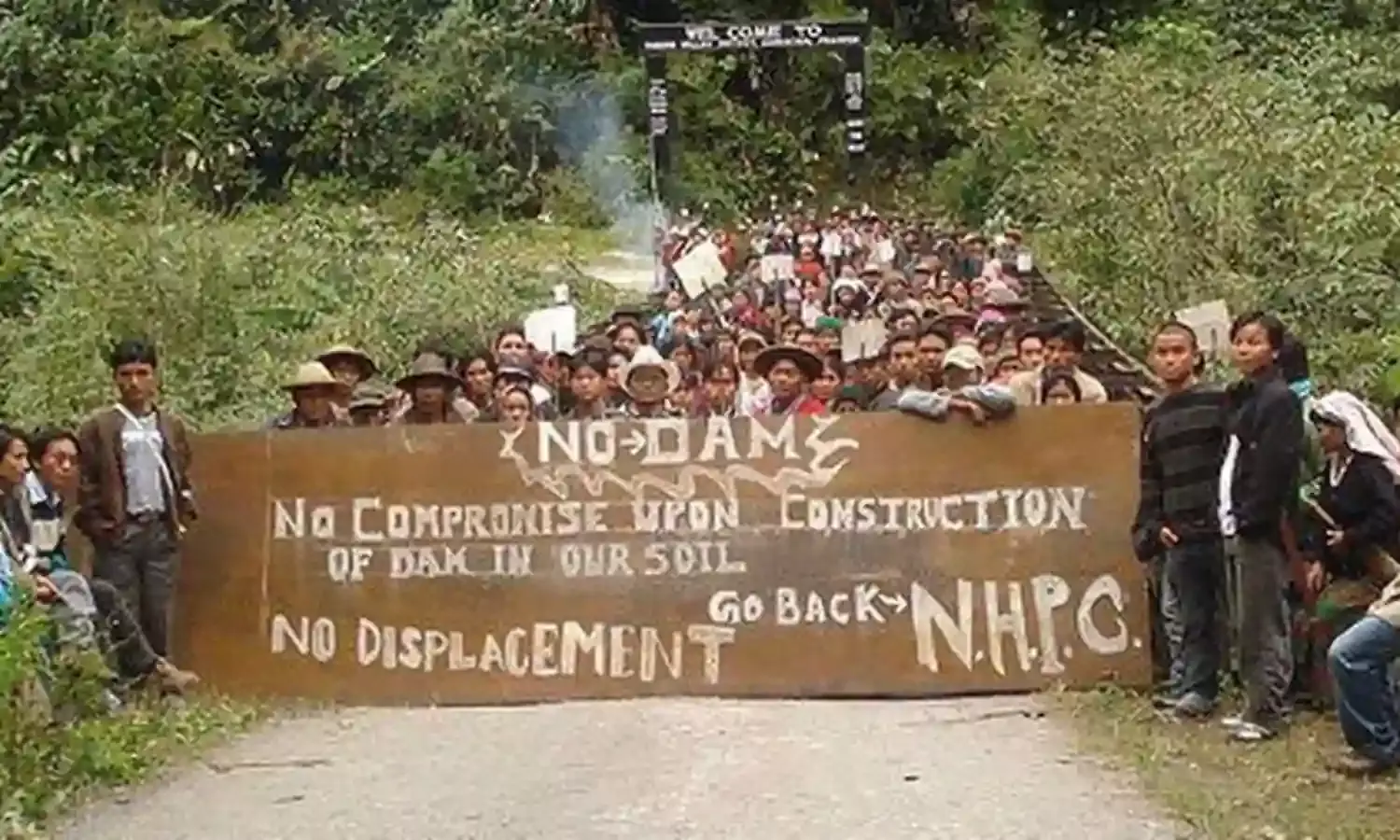A Decade for Dibang?
Dams spotty record in the Powerhouse of India

ITANAGAR: The country’s largest planned hydropower project, the Dibang Multipurpose Project, could be completed before the end of the decade in nine years time.
At a height of 278 metres and an installed capacity of 2,880 megawatts, this concrete dam will be built by the public owned National Hydroelectric Power Corporation at a cost exceeding ₹28,080 crore.
The central government had said that Arunachal Pradesh would get free power from the project as would MPs’ Local Area Development Funds, with estimated benefits to the state of ₹26,785 crore over the project shelf life of 40 years.
Government plans to build the project were initially met with massive protests from affected residents of the Dibang Valley, primarily members of the Idu-Mishmi community living in the region.
Over the years, with coercion and the promise of massive financial compensation, the protests fell silent.
Last July the Cabinet Committee on Economic Affairs chaired by Prime Minister Narendra Modi approved spending ₹1,600 crore on “pre-investment activities” for the project.
The dam’s submergence area is 3,564 hectares, and its catchment area 77,276 square kilometres. The government estimates it will ‘divert’ at least another 5,000 hectares of prime forest land to permit the felling of trees.
On January 7 at the inaugural session of the Arunachal Pradesh Legislative Assembly, Governor B.D.Mishra said the state government would “involve all stakeholders and take care of the dislocation of people, if any, and environmental degradation before the start of the project work”.
For a state often touted as the Powerhouse of India, dams in Arunachal Pradesh haven’t quite been the resounding success dreamed by successive state and central governments.
Officials and estimates peg the state’s own peak power requirement at around 220MW.
Besides the numerous non-functioning mini hydel projects across the state, only two dams are functional— Ranganadi, 220MW and Pare, 110MW— while work on most of the over 120 planned mega hydropower projects (with an installed capacity over 25MW) hasn’t yet begun.
At one time the state government had signed memorandums of agreement with various private and public sector firms to build over 160 hydropower projects across the five major river basins in Arunachal Pradesh.
The state government too has scrapped a number of agreements with power developers for failing to begin construction.
Protests from local indigenous residents, and in some cases from Assam, against the downstream impact of the projects, coupled with investor fears of financial loss and difficulty securing forest and environment clearances, have also contributed to the delays.
One of the major challenges in establishing the ‘powerhouse’ has been the lack of adequate transmission lines. The state government plans to lay 31 substations under a Scheme of Transmission & Distribution System. There are also plans to establish a State Load Dispatch Centre to address the issue of transmission and distribution loss.



